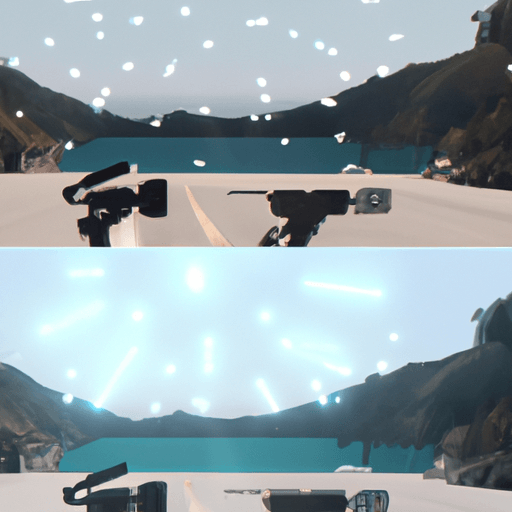The Evolution Of CGI In Modern Cinema
Computer Generated Imagery, commonly referred to as CGI, has revolutionized the world of cinema. Over time, it has not only transformed visual effects but has also significantly shaped storytelling and character development.
Origin of CGI
The origin of CGI in cinema can be traced back to the 1970s. Its first significant usage was in the film Westworld in 1973. However, it was Tron in 1982 that really demonstrated the full potential of CGI, despite its primitive form by today's standards.
Advancements Over the Years
Advancements in CGI technology during the mid to late 90s were largely due to the rapid development of computer technology. Films like Jurassic Park and Pixar’s Toy Story were revolutionary, demonstrating the power of CGI for creating realistic creatures and entirely CGI-driven animated films, respectively.
Impact on Storytelling, Character Development & Visual Effects
CGI has greatly enhanced storytelling and character development in the movie industry. Films such as Avatar and The Lord of the Rings series used the technology to create complex, fantastical worlds, and non-human characters that are integral to the narratives. The use of CGI also made possible the spectacular visual effects in movies like Inception and Interstellar, thereby, enriching storytelling experiences.
Challenges & Criticisms of CGI
However, CGI is not without its challenges and criticisms. Primarily, it is expensive and time-consuming. Additionally, overreliance on CGI often leads to unrealistic, 'overpolished' visuals that may feel detached from reality.
There’s also criticism about tripping ‘The Uncanny Valley’ − a term used to describe discomfort when CGI characters closely resemble humans, but not perfectly. The Polar Express is often cited as an example of this phenomenon.
Future Prospects
The future of CGI in cinema looks promising, with virtual reality (VR), augmented reality (AR) and artificial intelligence (AI) as the anticipated driving factors. These technologies are expected to further advance the development and integration of CGI in storytelling and character development.
Conclusion: The Changing Landscape of Cinema
CGI has undoubtedly changed the landscape of cinema − pushing boundaries, revolutionizing the visual experience, and evolving the way stories are told. With the aid of emerging technologies, integration of CGI in the movie industry is bound to navigate toward greater adventures, taking us to worlds beyond our wildest imagination.



















Comments
Leave a Comment